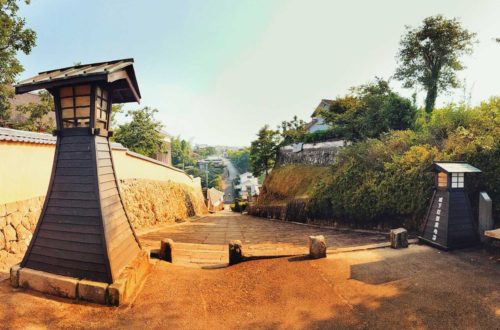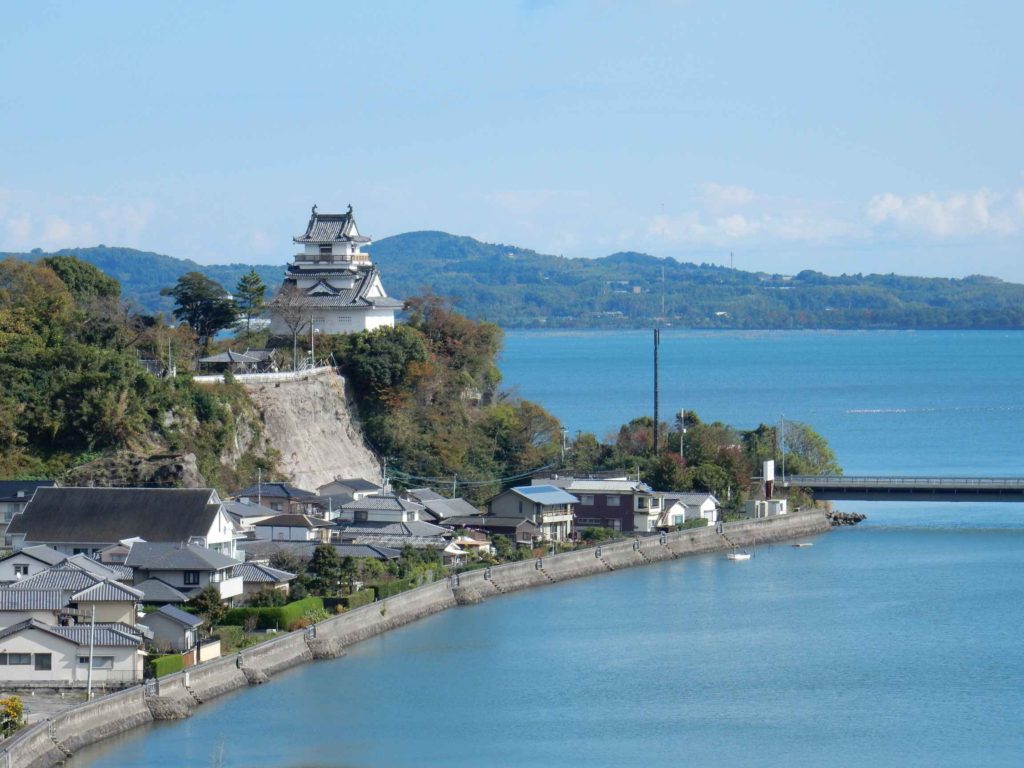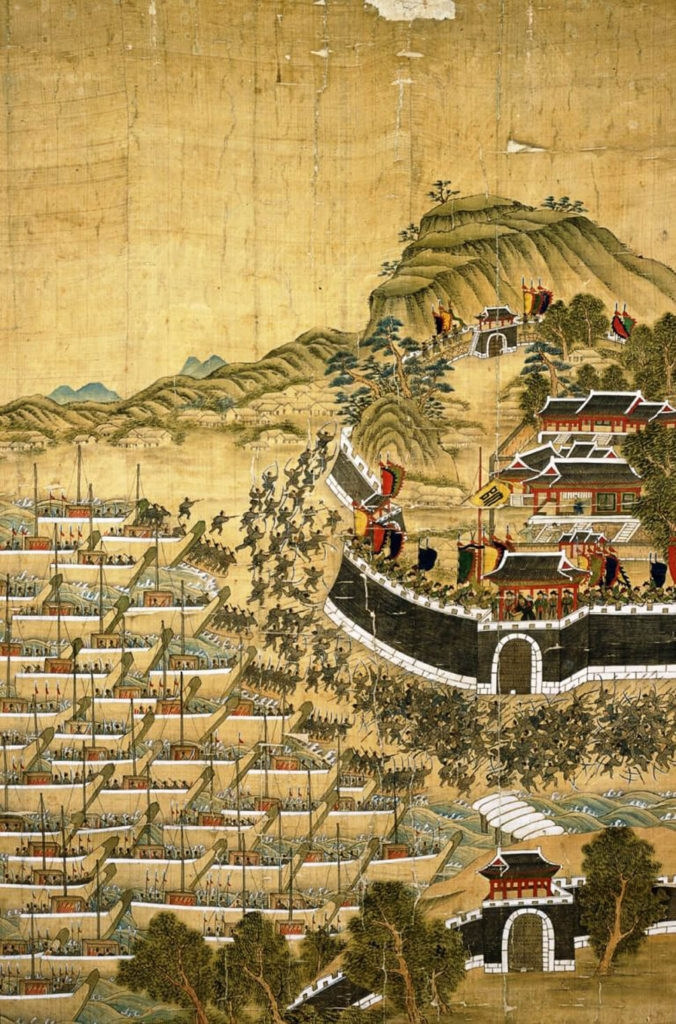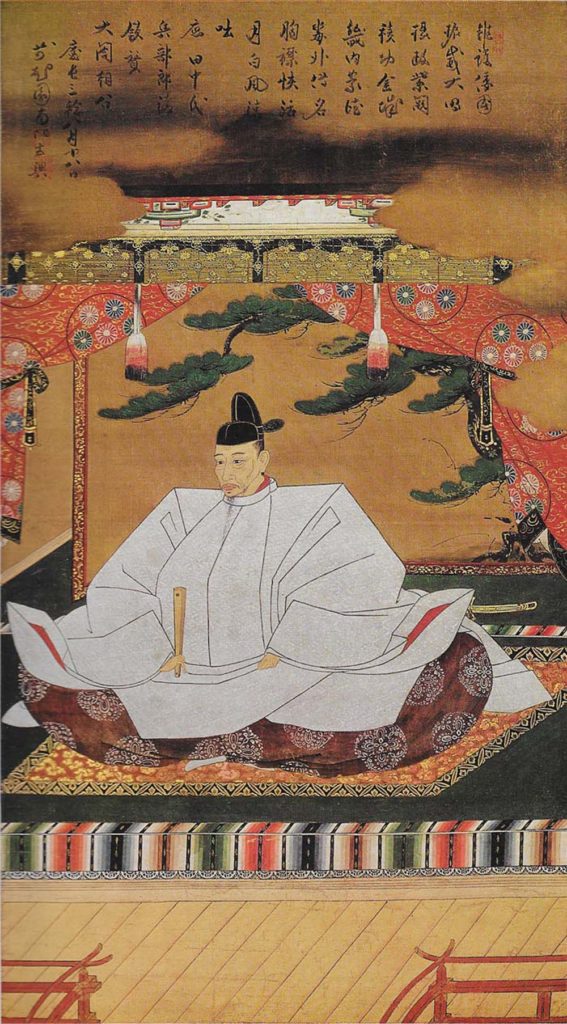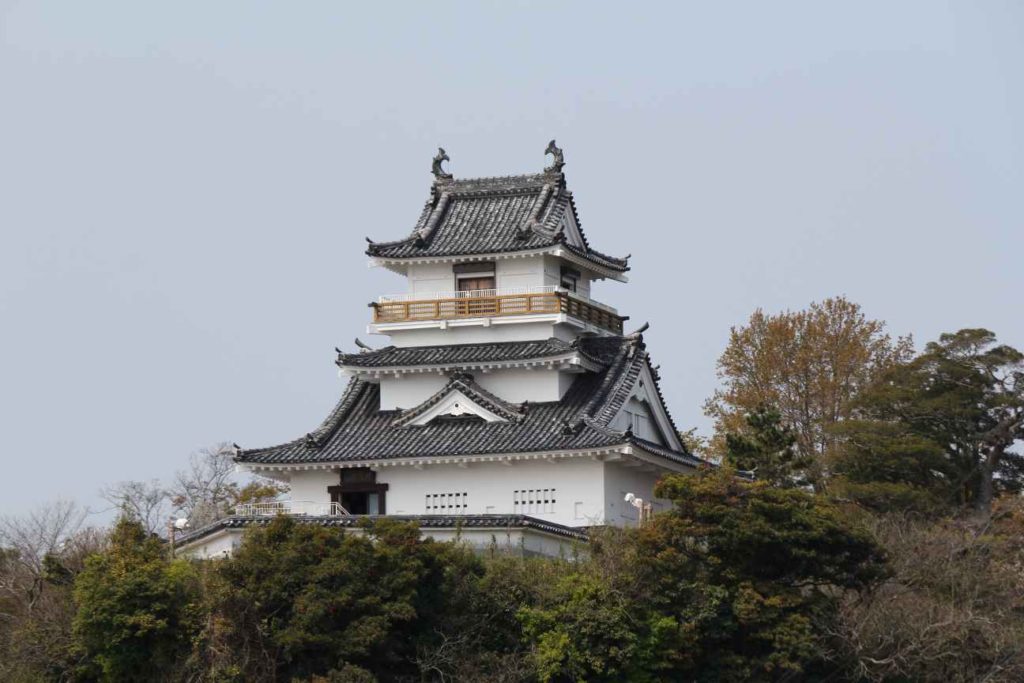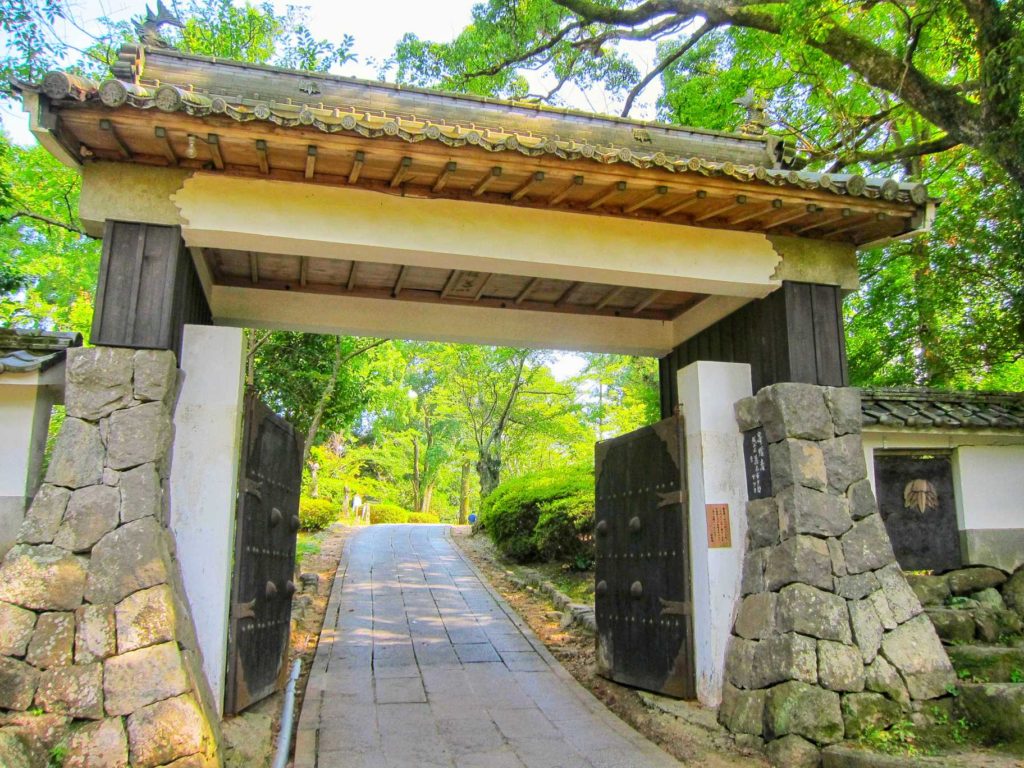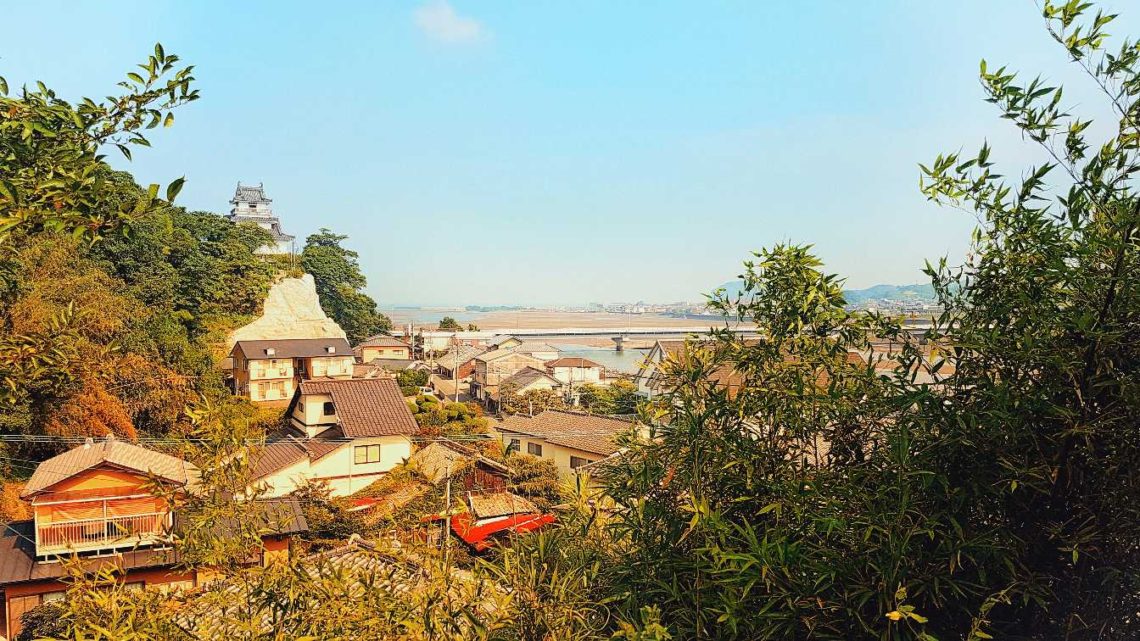
The History of Kitsuki Castle – Japan’s Smallest Castle
Fellow travelers, let me first introduce to you Kitsuki Castle (杵築城), the smallest castle in Japan with a hidden history. A tiny castle with a mini overlooking a small samurai town, it certainly lives up to its tiny reputation. Even the founders of the castle are a relatively minor clan when compared to its brethren. Located 25 km from the city of Beppu (別府) of Kyushu (九州), Kitsuki Castle stands among the attractions in this charming sandwich caste town.
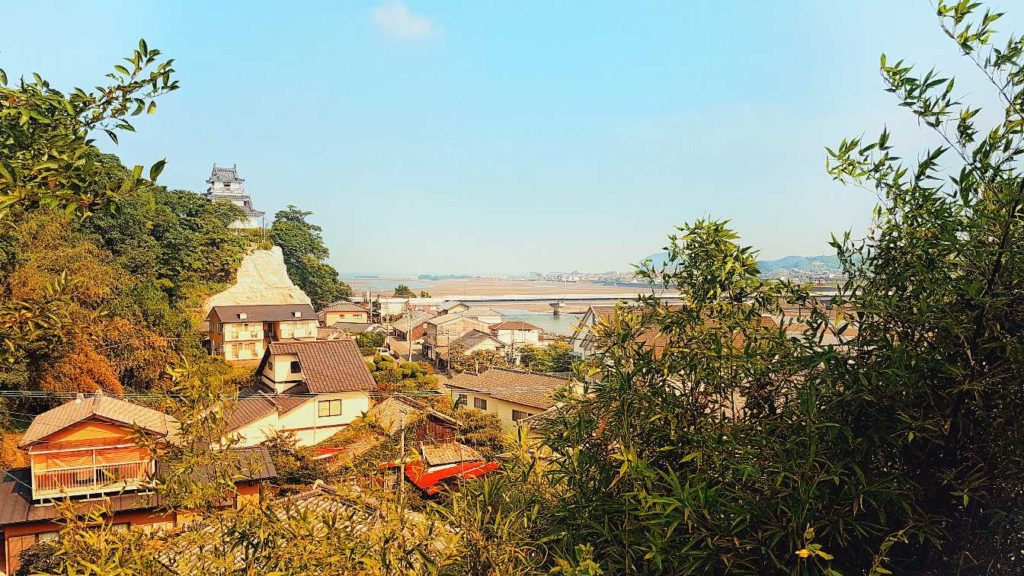
Table of Contents
The History of Kitsuki Castle
Regardless, the castle played an important part in Kitsuki’s founding. Also it served as a symbol of the town’s relatively humble beginning. To begin with, click on the below sections to explore more into the castle’s hidden and interesting history.
- Firstly, the birth of Kitsuki Castle
- Secondly, the nicknames of the castle
- The unfortunate end of the castle’s original owner
- Later, the constant change of the castle’s tenants
- And then, the misfortunes that struck the castle
- Eventually, the change of the town’s name
- And finally, how it’s legacy survived until today
Don’t have time to read this history guide now? Click on the Save button and pin it for later.
The Birth of Kitsuki Castle
It all began when a band of brothers from the Ōtomo clan (大友氏) decided to branched out due to overexpansion.They converted their family name to Kitsuki (木付) and settled down in a little village in the Bungo province (豊後国), presently Ōita Prefecture. According to local legends, the name Kitsuki (木付) originated when a large tree from the island of Shikoku (四国) fell into the sea and drifted to the shores of the Bungo province. Locals then derived the name from the fact that the tree had arrived (ki ga tsuku/木が付く). Eventually, this evolved to become 木付.
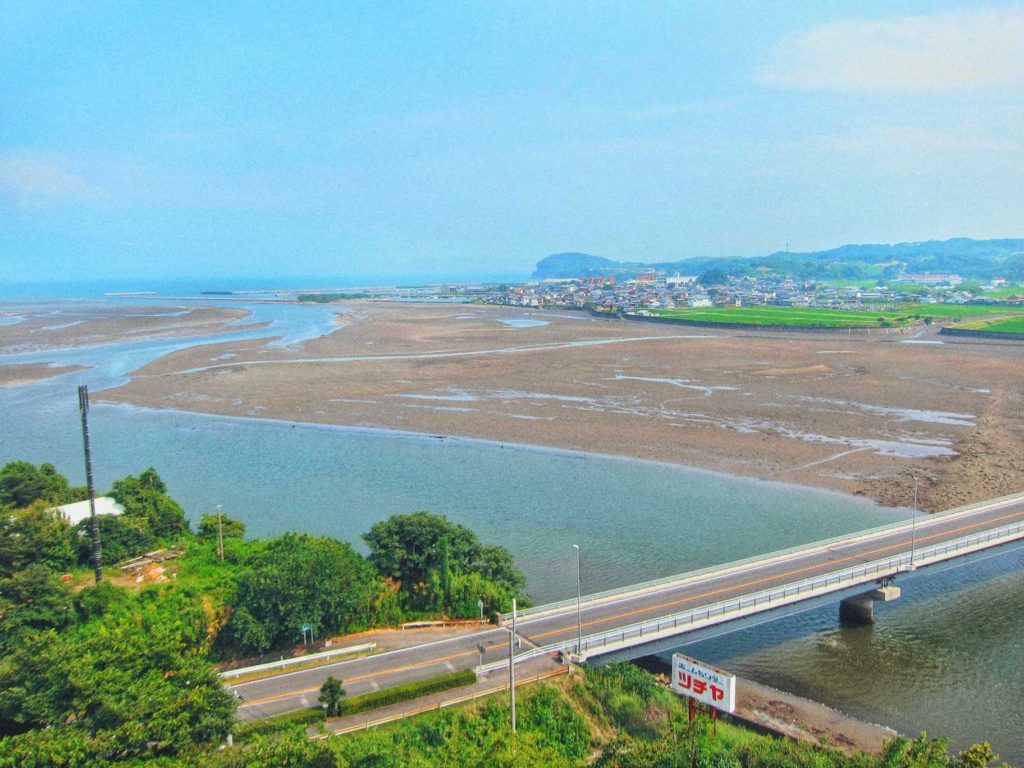
The fourth generation, a relatively unknown figure called Kitsuki Yorinao (木付頼直) built the castle in 1394 to improve the town’s fortification. This was during the Muromachi Period (室町時代), a period where the age of division began in Japan. Consequently, castle building started to become a popular trend among numerous warlords.
Back then, the Japanese kanji (漢字) for Kitsuki Castle was originally known as 木付城 instead of 杵築城. We will cover on the incident for the change of name at a later part.
The Nicknames of Kitsuki Castle
Did you know that Kitsuki Castle has two nicknames from its history? Click on each name to learn more about them.
The founder, Yorinao was indeed a man of foresight as he picked an amazing location to build the castle. He built it on top of a cliff which allowed him to have a 360-degree view of the Seto Inland Sea (瀬戸内海). During this time, the castle earned the nickname ‘prostrating cow’ or ’Gagyū-jō/臥牛城’ from its surrounding landscape. If you look the castle from afar, you can see that the cliff formation resembles a cow prostrating leisurely.
The cliff surrounding the castle provided a natural defense which helped to repel against enemy sieges. For example, a rival clan known as the Shimazu clan (島津氏) attempted many attacked but failed each time. Later in AD 1600 during the Battle of Ishigakibaru (石垣原の戦い), another clan attempted to take the castle but failed as well. Consequently, the castle earned its second nickname as ‘the victorious mountain castle‘ or ‘Katsuyamajō/勝山城‘.
The Battle of Ishigakibaru (石垣原の戦い) occured in AD 1600 was fought between the Ōtomo clan and Kuroda Kanbei (黒田官兵衛), former chief strategist and the brains for the warlord Toyotomi Hideyoshi (豊臣秀吉). In this battle, the Ōtomo clan attempted to siege Kitsuki Castle, which belonged to the Hosokawa clan, Kanbei’s at that time. However, Kanbei successfully defeated the opposing Ōtomo clan and eventually they surrendered. This battle was also known for ending the legacy of the Ōtomo clan.
The Sorrowful End of the Kitsuki Clan
Unfortunately in 1593, things would turned out the worst for the castle’s original owners, the Kitsuki clan (木付氏). During the infamous invasion of Korea (朝鮮出兵) initiated by the warlord Toyotomi Hideyoshi (豊臣秀吉), the heir of the relative Ōtomo clan, Ōtomo Yoshimune (大友義統) fled from the frontlines in a battle against the Koreans. Hideyoshi was extremely pissed off at this incident and subsequently, confiscated the lands of both the Ōtomo and the Kitsuki clans; effectively stripping off their ruling power. If you are interested to know more about Hideyoshi and the Korean campaign, be sure to subscribe to this blog as I plan to cover them in the near future.
The 17th generation heir,Kitsuki Munenao (木付統直) could not bear the humiliation and committed suicide. News reached his father, Kitsuki Shigenao (木付鎮直) who grieved heavily and eventually joined his son in committing suicide. This marked the end of the castle’s original owner’s legacy of 340 years and also the early history of Kitsuki Castle.
The Tenants of Kitsuki Castle in History
Did you know the castle’s tenant changed FIVE times from 1593 to 1645? Subsequently, various warlords took over the castle due to the instructions from the central shogunate government (bakufu/幕府).
Former Buddhist monk who became one of the ‘Five Commissioners’ or Go-Bugyō (五奉行) for Toyotomi Hideyoshi (豊臣秀吉). In other words, head of the admin guys, especially in religious matters and civil disputes.
Yet another former monk who also became Hideyoshi’s trusted administrator (Hideyoshi must have really enjoyed hiring monks as administrators). Known for his efficient admin skills as well as the agriculture guy within the bureaucrat.
A relatively low-profile warlord who served two of the great unifiers, Hideyoshi himself and Tokugawa Ieyasu (徳川家康). Seriously, his profile is so hidden that the only info source about him is the Japanese Wikipedia.
A man of culture and fan of tea ceremony, as well as husband to the famous Christian convert (キリシタン), Hosokawa Gracia (細川ガラシャ). An interesting fact, Gracia is known for her staunch stand towards Christianity. When a warlord wanted to kidnap her as a political hostage, she however refused to commit suicide (seppuku/切腹) due to her religion and instead ordered her retainers to execute her and burned her mansion.
A warlord belonging to the Ogasawara clan (小笠原氏), experts of the Yūsoku Kojitsu (有職故実), aka the ‘practices of the court or military households’. This art existed since the ancient Heian period (平安時代), a common subject especially for those who wanted to pursue a career within the court or ruling class back in those days.
Further Misfortunes Struck Kitsuki Castle in History
From time to time, disasters struck the castle’s main keep such as an earthquake (1596), a typhoon (1597) and struck by lightning in 1608. Furthermore, the Tokugawa shogunate (Tokugawa Bakufu/徳川幕府) started an infamous decree in 1615 called the One Castle Per Province policy or Ikkoku Ichijō Rei (一国一城令).
The decree allowed lords to only have one castle per province; consequently reducing the amount of castles in the country. This allowed the shogunate to consolidate its power while in the same time, curbing the powers of the regional lords. Consequently, the administrators did not rebuild the original keep and instead moved the facilities to the northern side of the mountain base.
One Castle Per Province policy/ Ikkoku Ichijō Rei (一国一城令) – A policy enacted by the third unifier Tokugawa Ieyasu (徳川家康) when he unified the country and established the Edo shogunate (Edo Bakufu/江戸幕府). The main purpose was to curb the powers of the regional lords to prevent any uprising. This lead to mass layoff of castles throughout the country, yet on the other hand contributed to the shogunate’s survivability for more than 200 years.
From Kitsuki 木付 to Kitsuki 杵築
Eventually in 1645, the Matsudaira clan (松平氏) took over the administration of the town and would effectively be the last owners of the castle. They converted the town into an economic center, subsequently leading to the sprouting of the samurai residences. During this time, the kanji (漢字) for Kitsuki changed from 木付 to 杵築.
The incident occurred in 1712, where the name of the town was misspelled as ‘杵築’ on the shogunate’s vermillion seal of approval known as Shuinjō (朱印状). By the time the administrators realised the mistake, the seal was already in use effectively. Seeing the hassle in making the amendments, they decided to stick with the new name instead and from then on, Kitsuki officially became 杵築. Subsequently, the name of Kitsuki Castle also converted to 杵築城, symbolising an identity change in its history.
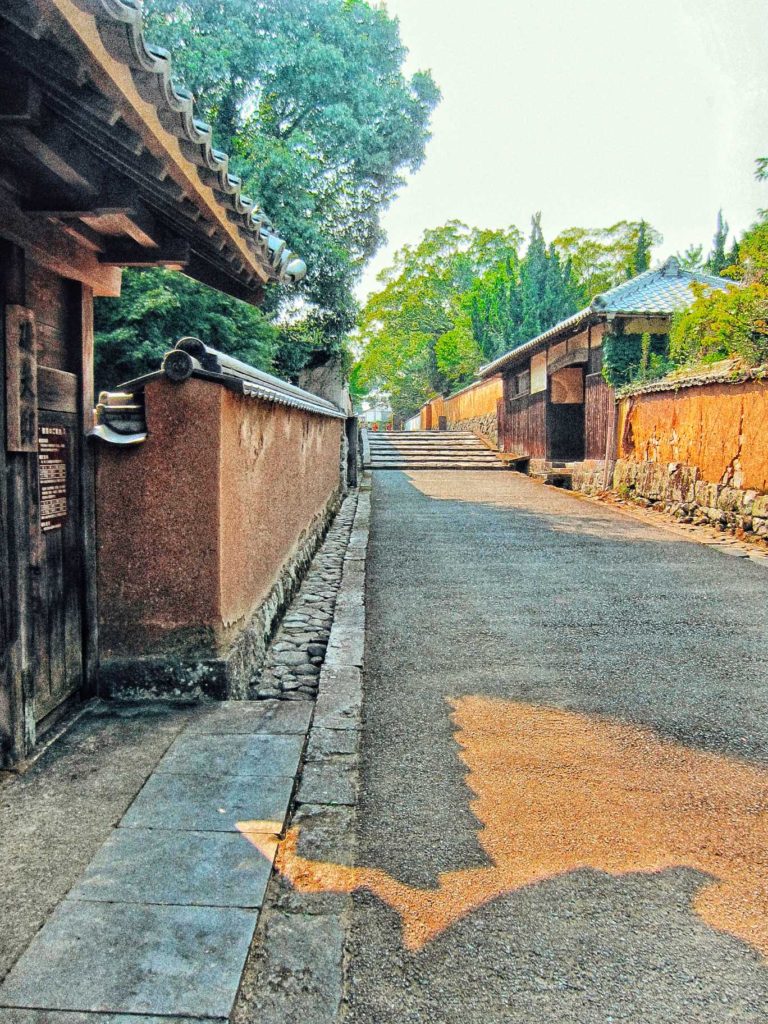
Shuinjō (朱印状) – A red coloured seal of approval/signatory often used by the shōgun (将軍) and feudal lords throughout the Warring States period (Sengoku Jidai/戦国時代) until the Edo period (Edo Jidai/江戸時代). In short, an ancestor to the presently used stamp seals (Inkan/印鑑).
Kitsuki Castle Withstood History Until Today
Eventually, the era of the shogunate ended in the 19th century Meiji period (明治時代) and so too the rule of the Matsudaira clan. The transition from feudal Japan to industrialisation consequently lead to the destruction of the castle.
Thereafter, the history of Kitsuki Castle would soon be lost in the passage of time until 1970. During this year, the local council to reconstruct the main keep as part of restoring the town’s heritage sites. Today, it serves as a mini museum as well as the mascot for the sandwich castle town.
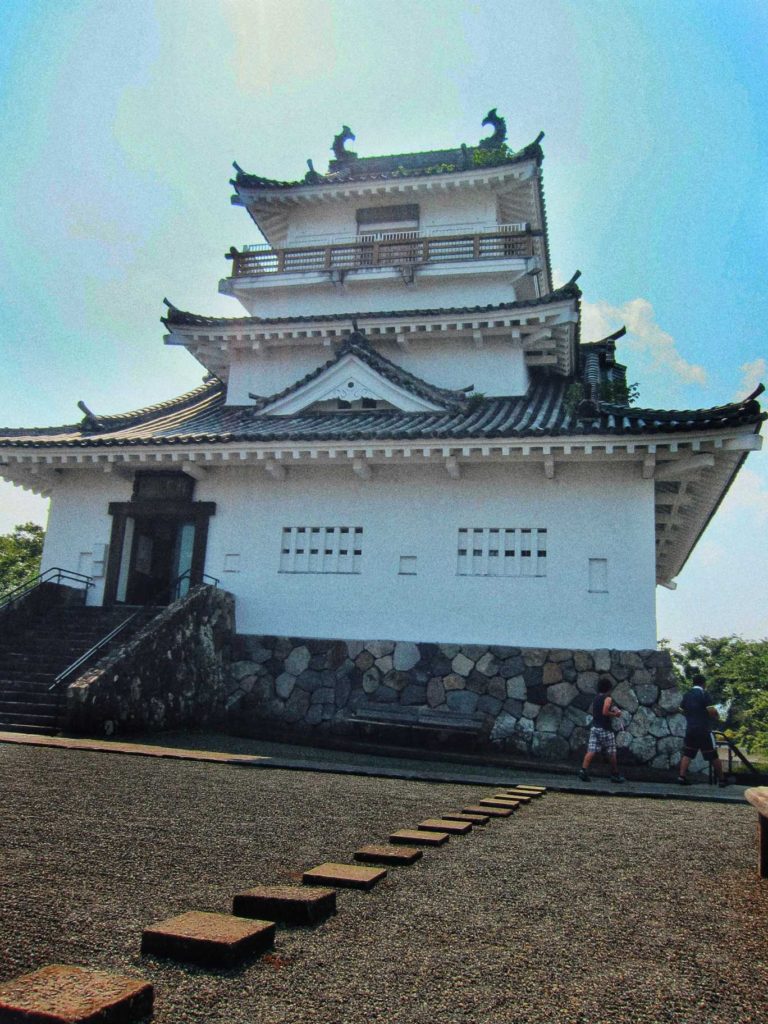
In Summary
In summary, Kitsuki castle started small and ended small until this day. The present castle keep is a reconstruction of its past self, which seems underwhelming to visit. However, fret not, as it does offer a wonderful treasure for those who are willing to take the time and effort to visit.
Loving the content here?
Subscribe and get your free hidden gems in Japan bucket list here.


You May Also Like

Hikone Castle – The Ultimate Travel Guide & Must-Know Hidden Tips
December 14, 2024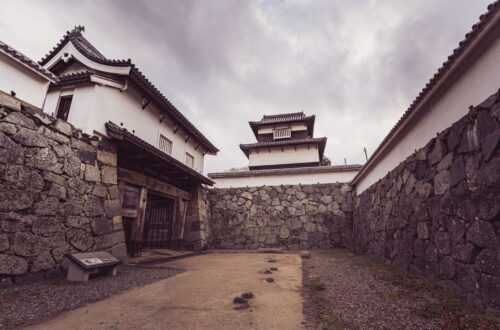
Fukuoka Castle – The Beautiful Castle Ruins Within a City
April 8, 2023